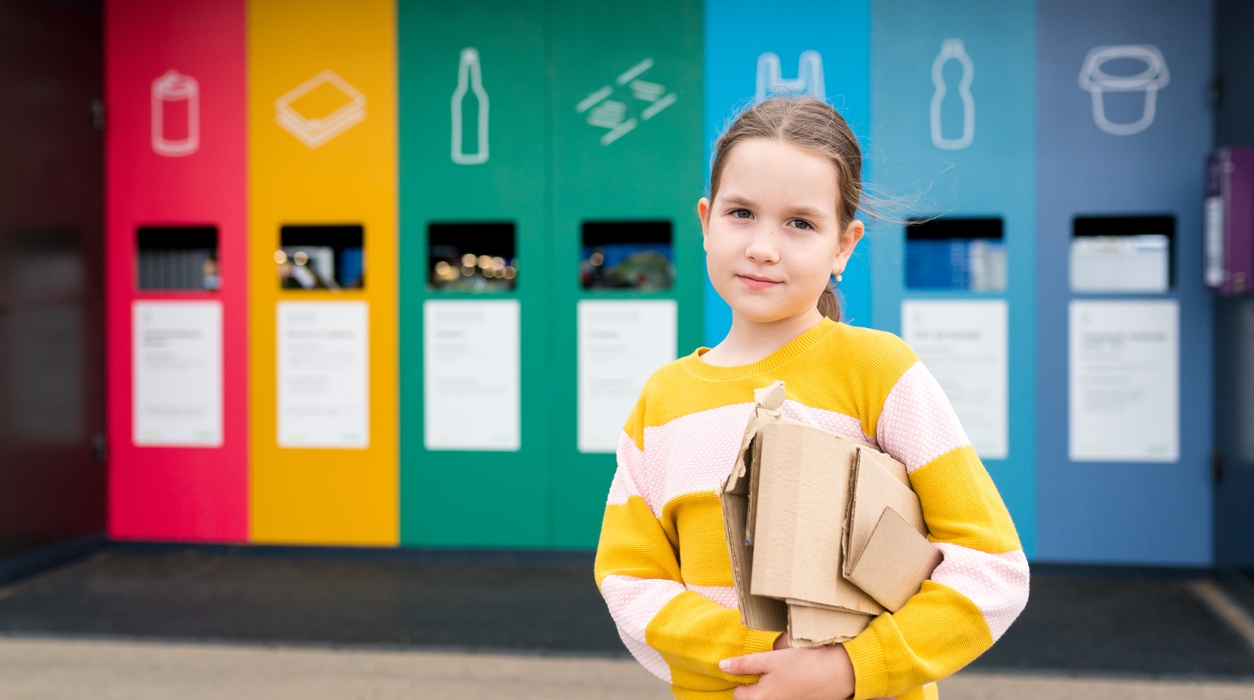| By Elizabeth Mohn |
Middle school students are curious, eager learners who are constantly looking for connections between lessons and their own lives. Asking questions to engage students’ natural curiosity is one way for teachers to help them make meaningful connections and spark a desire to find answers for themselves. Gale In Context: Middle School has new environmental science resources that provide teachers with engaging topics. These interesting resources can help students develop connections to learning and make new discoveries about science.
Topics dealing with the environment and sustainability impact people throughout the world each day, but students will be more likely to find these topics relevant if they can make immediate connections between them and their everyday lives. Teachers can help students make such instant connections by asking questions like, Where does your trash go after you throw it away? or Where does all the world’s stuff go after people are finished using it? Once teachers help students make a connection to the topics, they can engage their interest even more by showing the videos “Where Does Our Trash Go?” and “The Great Recycling Con,” which are available in the new Waste Management portal.
After discussing the issues raised in the videos, such as the different methods used to manage people’s waste, teachers can ask students more open-ended questions and encourage them to look for the answers in the Waste Management portal. For example, teachers might ask students what waste management methods are being used right now to deal with the trash their community makes each week. Then teachers can guide students to search for answers in the Landfills, Composting, and Waste Treatment articles. Teachers could also ask students questions about the ways that people are trying to reduce the amount of solid waste they produce. Next they can guide students to finding possible answers in articles about Cradle-to-Cradle Design and the Zero Waste movement, which are available in the new Sustainability portal.
Teachers could also ask students questions about the effects that human consumption and waste production have on the environment. They can then encourage students to find answers to those questions by exploring resources in the new Gale In Context: Middle School Plastic Pollution, Air Pollution, and Water Pollution portals. Teachers can encourage students to begin their research in the Plastic Pollution portal. Articles about pollution from fast-food trash or about microplastics and their sources can help students answer questions about the sources of pollution. In the Water Pollution portal, students can read an article about pollution’s link to depression or watch a video about its link to dementia to answer questions about the negative effects of waste production on people and the environment.
Finally, students can answer questions about what they and others can do to reduce the harmful effects of waste production and pollution by accessing resources in the Water Pollution portal. For example, they can read the biography of the young environmental activist and water protector Autumn Peltier or listen to an audio story about young activists who are helping to remove plastic pollution from the ocean.
Not a Gale In Context: Middle School subscriber? Learn more about this authoritative database >>

About the Author
Elizabeth Mohn is a writer and an educational content developer. When she’s not reading or writing, Elizabeth is usually spending time with her family, listening to podcasts, or working in her garden.



